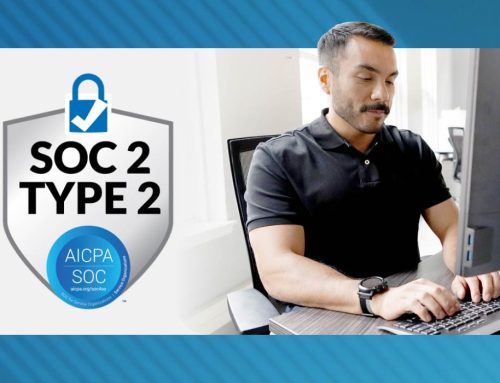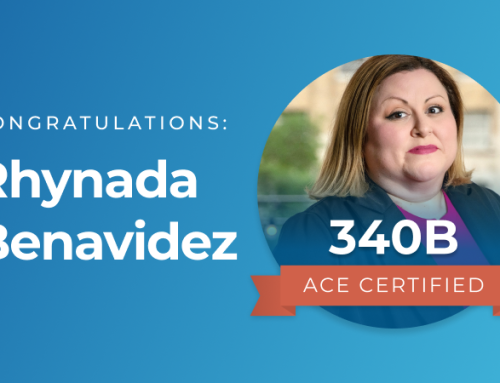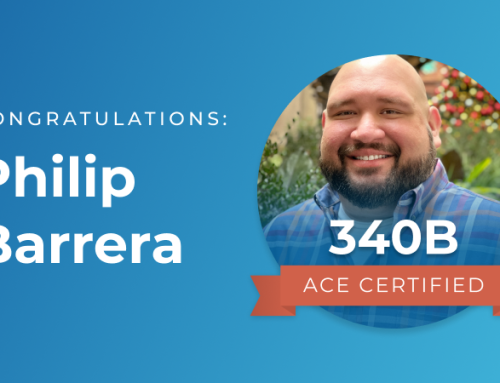To understand the 340B program, we first need to look at why it was created. The 340B program was enacted by Congress in 1992 as part of the Public Health Service Act to assist covered entities by “stretching scarce federal resources as far as possible, reaching more eligible patients and providing more comprehensives services.”
The types of covered entities that are eligible to participate in the 340B program can be found here and include HRSA-supported health centers and look-alikes, Ryan White clinics and State AIDS Drug Assistance programs, Medicare/Medicaid Disproportionate Share Hospitals, children’s hospitals, and other safety net providers.
Drug manufacturers that participate in the Medicaid and Medicare Part B programs are required to give 340B eligible covered entities discounted drugs through rebates. Entities are then able to purchase outpatient drugs at these discounted rates and use the savings to provide additional services to their patients. This includes services such as adding more available beds to their clinic or offering a mobile clinic to patients that are in remote areas and cannot travel, etc.
In 2010, the Affordable Care Act expanded the list of eligible entity types, allowing more hospitals and clinics to participate. The 340B program is the lifeblood of many covered entities and safety net providers and without it, many vulnerable people in our communities would not be able to receive the medical treatments they need.






Leave A Comment